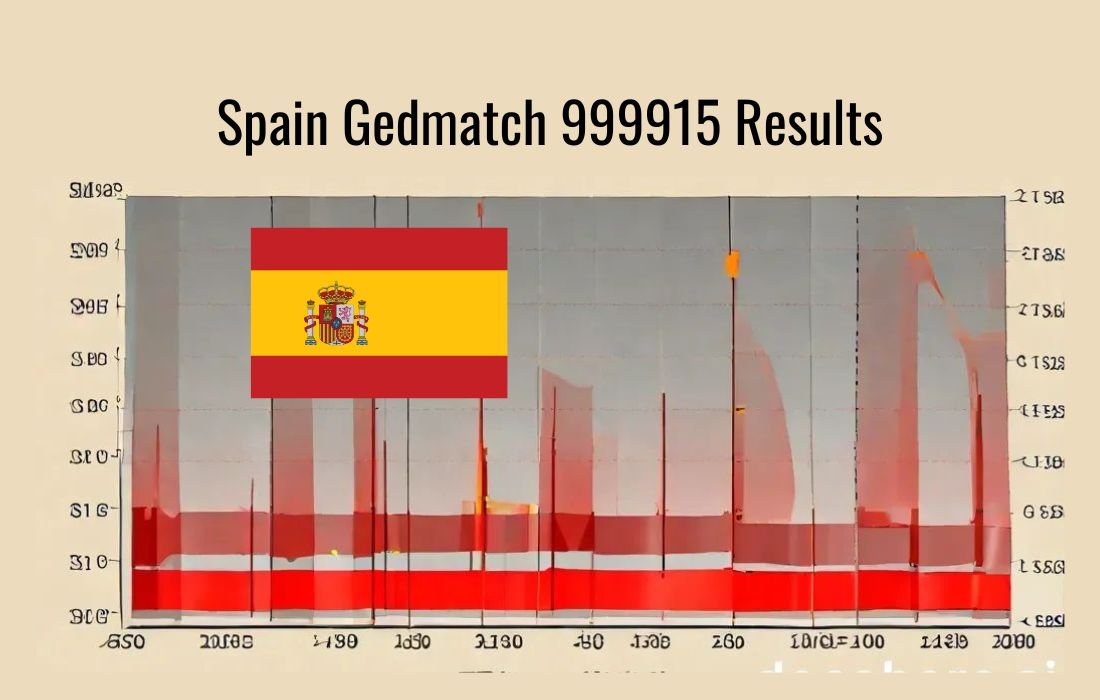When you upload your DNA data to GEDmatch and select the 999915 admixture calculator, you’re diving deep into the genetic layers of your ancestry, specifically tuned to Spanish heritage. The results you receive break down your genetic profile into various components that represent your ancestral background. If you’re tracing Spanish roots, these results provide clues to the regions of Spain or the surrounding areas that contributed to your DNA.
This analysis can be incredibly useful for those seeking to confirm or discover their connection to Spain. For instance, the calculator will offer percentages representing your ties to Iberian populations, which span across Spain and Portugal, as well as adjacent populations that may have influenced Spanish DNA, such as North African or Mediterranean groups. Understanding these categories and what they signify is essential in piecing together your genealogical history.
The Origins of Gedmatch’s Admixture Calculators
GEDmatch’s admixture calculators, including the 999915 calculator, have roots in academic studies of population genetics. Researchers developed these calculators by gathering genetic data from a wide array of populations around the world and creating models that allow for the comparison of individual DNA samples against known population profiles.
The creators of GEDmatch aimed to give individuals the ability to analyze their genetic data in a more nuanced way, going beyond the generic results offered by commercial services like 23andMe or AncestryDNA. The 999915 model is one of many specialized calculators available on GEDmatch that focuses on specific population groups, to provide a detailed breakdown of ancestry, especially for those with connections to Spain and the broader Iberian region.
By comparing your DNA against reference populations, these calculators provide insight into how much of your ancestry can be linked to certain regions. This process isn’t perfect, but it does offer a more detailed look into your genetic background than you would get with a basic DNA test.
What Do the Individual Admixture Components Represent?
The individual admixture components you’ll see in your GEDmatch 999915 results each represent a distinct ancestral population or region. The labels used, such as “Iberian,” “North African,” or “Mediterranean,” refer to the genetic signatures that are most commonly associated with these groups based on the reference populations in the database.
For example, in the context of Spanish ancestry, the “Iberian” component will likely be a prominent part of your results, representing the native populations of the Iberian Peninsula, including both Spain and Portugal. The “North African” component often appears as well, reflecting the historical influence of Moorish populations that ruled large parts of Spain for centuries. Other possible components could include “Mediterranean,” indicating connections to populations around the Mediterranean Sea, or “European” categories, pointing to broader continental influences.
Each component offers a clue into the different populations that contributed to your overall genetic makeup. Some of these may reflect more recent ancestry, while others could be echoes of ancient populations that once inhabited or passed through the Iberian Peninsula.
Interpreting Your 999915 Spanish Ancestry Proportions
When you receive your GEDmatch 999915 results, you’ll see percentages assigned to each admixture component. These percentages represent the proportion of your DNA that matches the reference populations. For someone with a strong Spanish heritage, the “Iberian” percentage will likely be high, perhaps accounting for the majority of their ancestry. However, the results might also include smaller percentages from other groups, such as “North African” or “Mediterranean.”
These proportions can be interpreted as rough estimates of your ancestral composition. A high percentage of “Iberian” ancestry suggests that much of your heritage can be traced to Spain and Portugal. Meanwhile, smaller percentages from regions like North Africa or the Mediterranean could reflect historical migration patterns or intermarriage between populations.
Keep in mind that these percentages are not definitive. They provide a snapshot of your genetic links to various regions but can fluctuate depending on the calculator used and the quality of reference populations available. The 999915 results are a tool for exploring your ancestry, but they should be used in conjunction with other genealogical evidence.
Using Your Top Population Matches to Confirm Origins
One of the most valuable features of GEDmatch is the ability to see your top population matches. These matches provide insight into which modern populations your DNA most closely resembles, helping to confirm your ancestral origins. If you’re exploring your Spanish heritage, you’ll want to pay particular attention to any matches with Iberian populations or nearby groups.
For example, if your top population matches include cities or regions in Spain, this serves as a strong indicator that your ancestry is rooted in those areas. Matches with regions outside of Spain, such as North Africa or the Mediterranean, could point to ancestral migrations or influences that shaped your genetic profile over centuries.
Using these population matches in combination with your admixture percentages provides a fuller picture of your ancestry. The closer your matches are to modern Spanish populations, the more confident you can be that your roots lie in Spain.
Comparing 999915 Results to Other Admixture Calculators
The 999915 calculator is just one of many admixture tools available on GEDmatch, and comparing your results across different calculators can offer new insights into your ancestry. Some calculators focus more broadly on European populations, while others may highlight ancient ancestry or more specific regional backgrounds.
When comparing your 999915 results with other tools, you may notice variations in the proportions or populations assigned to your DNA. These discrepancies arise because different calculators use distinct reference populations and methodologies. For instance, one calculator may assign a higher percentage of “Iberian” ancestry, while another might break that category down further into more localized groups.
By reviewing results from multiple calculators, you can gain a more comprehensive understanding of your ancestry. It also allows you to cross-check the accuracy of your 999915 results and refine your understanding of your genetic heritage.
How to Use Your Ancient Ancestry Estimates In Genealogy
GEDmatch not only provides modern population matches but also offers estimates of your ancient ancestry. These estimates can link your DNA to ancient populations that lived thousands of years ago, providing a long-term perspective on your genetic history. For those tracing Spanish ancestry, this might include links to early Iberian populations, Roman settlers, or even the Moors.
While these ancient estimates are fascinating, they should be used carefully in genealogical research. Unlike modern ancestry, which can be directly linked to family trees and historical records, ancient ancestry provides more speculative insights into your deep genetic past.
That said, these estimates can complement your genealogical work by offering context for historical migration patterns and the mixing of populations. For instance, if your results show a strong connection to ancient Iberian groups, this aligns with the known histories of Spain’s early inhabitants. Similarly, an estimate of North African ancestry could reflect the influence of Moorish rule during the Middle Ages.
Using these ancient estimates alongside modern admixture results gives a fuller picture of your ancestry, from both a historical and genealogical perspective.
Conclusion
Understanding your GEDmatch 999915 results for Spanish ancestry is a key step in exploring your genetic heritage. By analyzing the admixture components, interpreting your proportions, and using top population matches, you can piece together a detailed picture of your ancestral origins in Spain. While these results offer valuable insights, they are just one part of a larger puzzle that includes genealogical research, historical knowledge, and even ancient ancestry estimates.
The 999915 calculator, with its focus on Iberian ancestry, provides an excellent tool for those seeking to confirm or discover their Spanish roots. However, it’s important to compare these results with other admixture calculators and to use them in conjunction with traditional genealogy methods. In the end, your DNA is a reflection of centuries of history, migration, and cultural exchange—something that the GEDmatch 999915 calculator helps bring to light.





